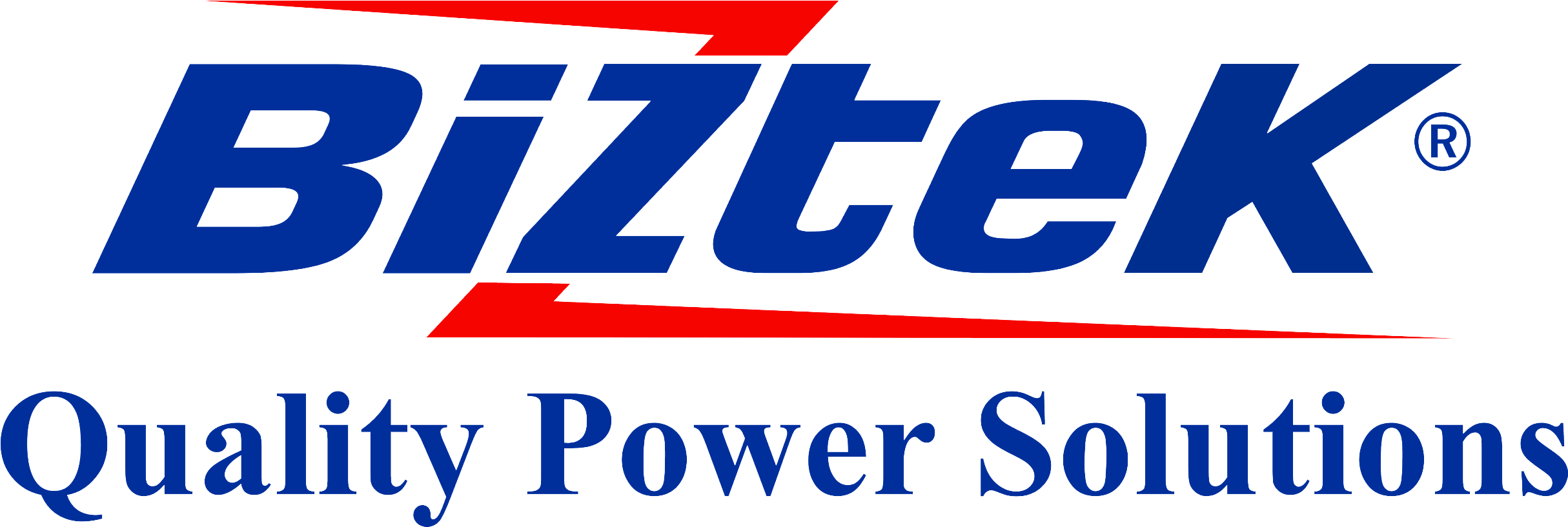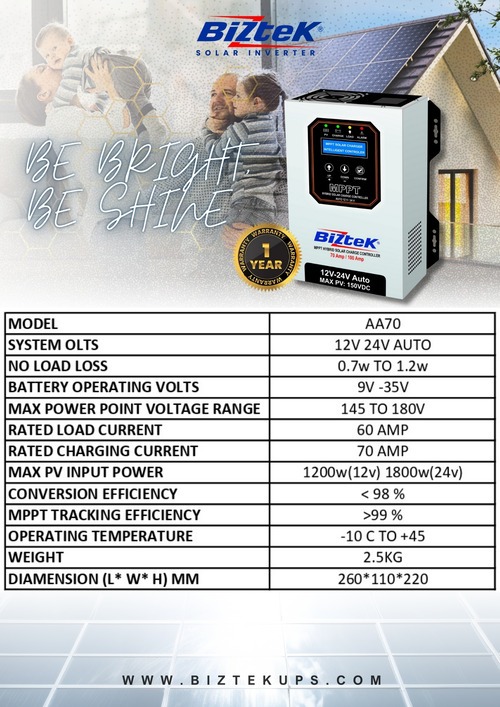Description
A solar charge controller is a device that manages the power transmitted into the battery bank from the solar panels. A solar charge controller plays a vital role in a solar installation as it makes sure that the batteries connected to the inverted are not overcharged. It is also known as a voltage or current controller.
Maximum Charging Current
The maximum charging current refers to the maximum output current of solar panels or solar array.
No-load Loss
The loss of the controller’s circuit itself is also one of its main technical parameters, also called no-load loss (quiescent current) or maximum self-consumption current. In order to reduce the loss of the controller and improve the conversion efficiency of photovoltaic power, the loss of the circuit itself of the controller should be as low as possible. The maximum no-load loss shall not exceed 1% of its rated charging current. The no-load loss is generally 5~20ma.
Battery Overcharging Protection Voltage
Battery overcharging protection voltage is also called fully-charged cut off voltage or overvoltage cut off voltage. The voltage value should be set according to the battery type. The voltage value range is between 14.1V to 14.5V for 12V system, 28.2V to 29V for 24V system and 56.4V to 58V for 48V system. The typical value is 14.4V, 28.8V and 57.6V.
Battery Overdischarging Protection Voltage
Battery overdischarging protection voltage is also called undervoltage cut off voltage. The voltage value should be set according to the battery type. The voltage value range is between 10.8V to 11.4V for 12V system, 21.6V to 22.8V for 24V
Battery Floating Charging Voltage
Float voltage is the voltage at which a battery is maintained after being fully charged to maintain that capacity by compensating for self-discharge of the battery. Generally, the battery floating charging voltage is 13.7V for 12V system, 27.4V for 24V system.
Temperature Compensation
Generally, the charge controller has the function of temperature compensation in order to adapt to different working environment temperature. For the purpose of setting a more reasonable charging voltage for storage battery, the temperature compensation coefficient should meet the technical requirements.
Operating Temperature
The operating temperature for charge controller is usually between -20℃ to 50℃.
Protection Functions
(1) Short Circuit Protection Function
The input and output circuit of controller will be protected from short circuit damage.
(2) Reverse charging protection function
The controller should has this function in order to protect the solar panel from battery reverse charging.
(3) Electrode reverse connection protection function
PRODUCT SPECIFICATION
| MODEL | AA70 |
| SYSTEM VOLTS | 12V 24V AUTO |
| NO LOAD LOSS | 0.7w TO 1.2w |
| BATTERY OPERATING VOLTS | 9V -35V |
| MAX POWER POINT VOLTAGE RANGE | 145 TO 180V |
| RATED LOAD CURRENT | 60 AMP |
| RATED CHARGING CURRENT | 70 AMP |
| MAX PV INPUT POWER | 1200w(12v) 1800w(24v) |
| CONVERSION EFFICIENCY | < 98 % |
| MPPT TRACKING EFFICIENCY | >99 % |
| OPERATING TEMPERATURE | -10C TO +45C |
| WEIGHT | 2.5KG |
| DIMENSIONS (L-W-H) MM | 260*110*220 |



